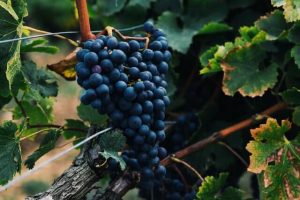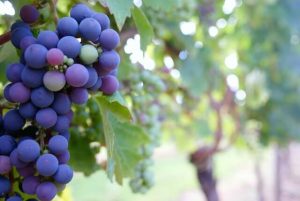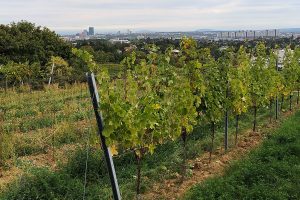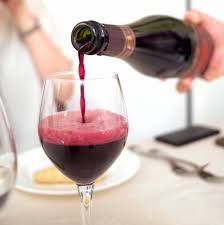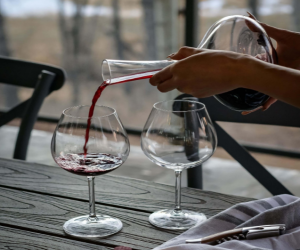An Insider’s Guide To Merlot Wine: All You Need To Know About This Grape Varietal
Merlot is a grape varietal that is praised and loved by many all over the world. But what exactly makes this grape so special? In this article, we look at the origins of merlot wine, the main regions where it is grown and it’s most defining characteristics. Merlot: The Origins Of This Beloved Grape Variety The earliest mention of this grape varietal was recorded in the French wine region of Bordeaux in approximately 1784. It is believed that during this time, it was most often used when making blended wine. Directly translating to ‘The Little Blackbird’, Merlot became known for its ability to add softness and fruit-forward characteristics to wine when combined with the French favourite, Cabernet Sauvignon. As the popularity of Bordeaux wine increased, so inevitably did the popularity of Merlot. Soon, this grape varietal was being planted all over France, especially on Bordeaux Right Bank. Sadly, Merlot is susceptible to frost, mildew and rot and successive bad vintages through the ’50s and ‘60s prompted a 5-year ban in 1970 on new plantings by the French Government. After the ban was lifted, it was widely planted once again. What Are The Main Wine Regions That Grow This Grape? One of the defining characteristics of Merlot, according to many wine enthusiasts, is the fact that it is a bit of a chameleon – it is adaptable and can take on the character of its location and winemaking techniques. The popularity of Merlot has led to its introduction in many wine regions all over the world, from the Golden State of California to Down Under in Australia. Let’s take a look at some of the modern interpretations of this French classic varietal. Tuscany Merlot is the fifth-most planted grape in Italy and has featured prominently in many Tuscan blends, more commonly known as Super Tuscans. They often use Merlot to make a single varietal wine or blend it with other grapes such as the local Sangiovese or more international varietals like Cabernet Sauvignon and Syrah. The warm climate helps ripen the Merlot grape varietal and soften harsh tannins making the Tuscan versions range from big, bold and oaky to restrained, delicate and earthy. California The second most popular red wine varietal in the United States, Merlot has been produced in California since the mid-19th Century. In fact, it was Californian winemakers that originally made the first 100% Merlot wine. Typically warm California wine regions such as Napa Valley and Paso Robles produce a Merlot that is round and lush with jammy fruit character, most often complimented with spice and vanilla notes from oak ageing. Chile Although Chile is widely known for its red wine varietals Cabernet Sauvignon and Carmenère, Merlot has quickly become prominent. Chilean Merlot tends to be full-bodied yet delicate and is capable of standing out against even the strongest of flavours. Colchagua Valley’s Apalta sub-appellation is an area where you can find some great examples of Merlot. Merlot: Tasting Notes & Flavour Profile Similar to Cabernet Sauvignon, Merlot …


